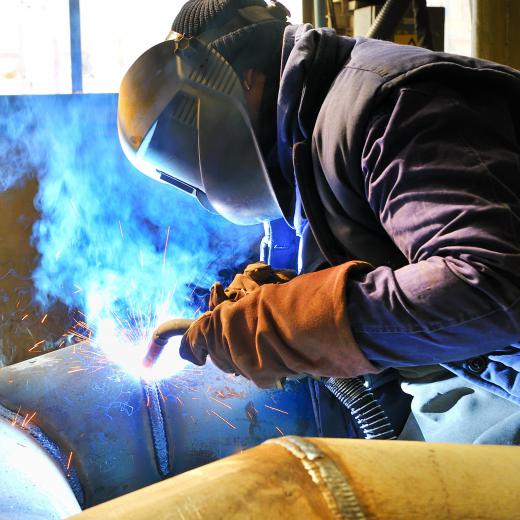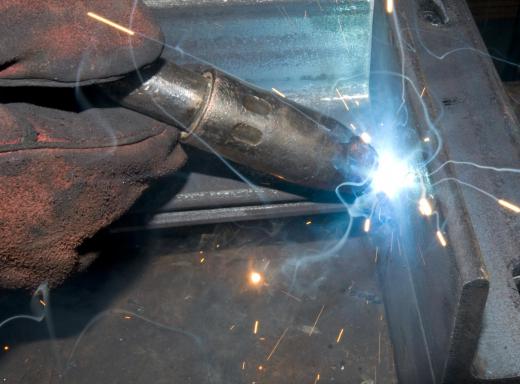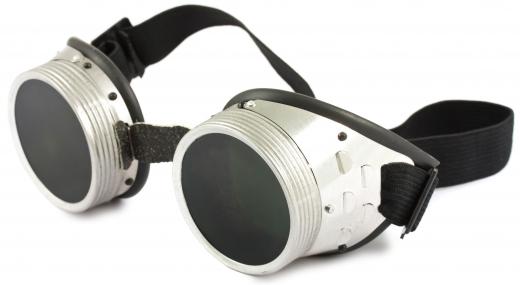At AboutMechanics, we're committed to delivering accurate, trustworthy information. Our expert-authored content is rigorously fact-checked and sourced from credible authorities. Discover how we uphold the highest standards in providing you with reliable knowledge.
What are Welding Joints?
Welding is a technique used to join two pieces up metal together. Filler metal may be used to fill the joint between these two objects, or high levels of heat may be used to simply melt the edges of the material and join them together. This process of joining metals together using heat results in welding joints. These joints can vary in appearance, strength, and quality, depending on factors like material and welding technique. Metal workers should take the time to choose the best welding joints for each job to maximizer performance and reduce the risk of defects.
Butt joints represent one of the most commonly used types of welding joints. To create this type of joint, welders butt two pieces of material together end-to-end and create a welded joint where the items meet. Butt welding joints are designed for objects that rest of the same plane, such as steel plates used to cover a floor or roof. The edges of each piece of metal can remain square or may be beveled for a tighter fit and neater appearance. This type of weld is fairly easy to complete, but tends to be sensitive to defects within the weld.

Edge welding joints are used to join parallel objects face-to-face. These welding joints may be used to combine several sheets of steel in layers on top of one another, with the welded joint placed along one of more edge of the metal. In some cases, all four edges may be welded for maximum strength.
In a corner welding joint, two pieces of material are joined end-to-end at a 90-degree angle. Each piece may be beveled or joined squarely together depending on the demands of the project. Corner welding joints tend to have an unattractive finish, and may not offer enough strength for some applications.

Lapped joints are used to join two parallel components so that they partially overlap one another, but the top unit doesn't fully cover the bottom. For example, a steel plate may be placed on top of another plate so that half of the bottom plate is covered by the top. The welding joint is then placed at the end of the top plate where it rests along the bottom plate. These joints hold up well against flaws during welding, and offer one of the best methods of joining materials of differing thicknesses.

In a tee welding joint, one piece of material is placed perpendicular to another to form a T-shape. The weld is placed along the one of both sides of the base of the vertical unit. Tee joints offer a high level of strength and are well-suited to many types of projects.
AS FEATURED ON:
AS FEATURED ON:














Discuss this Article
Post your comments